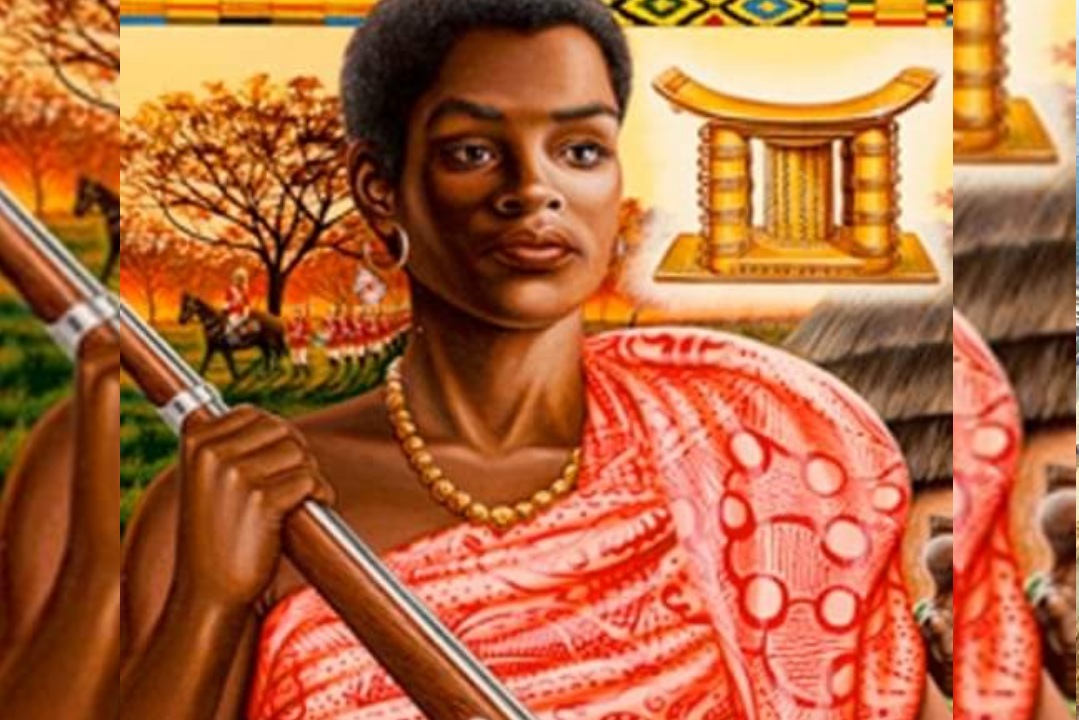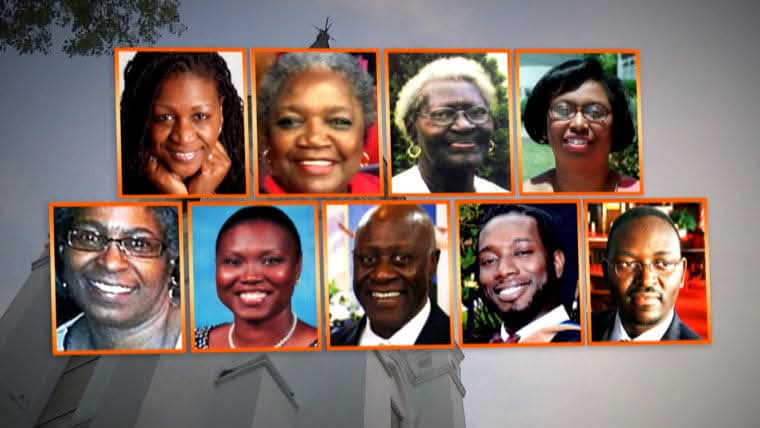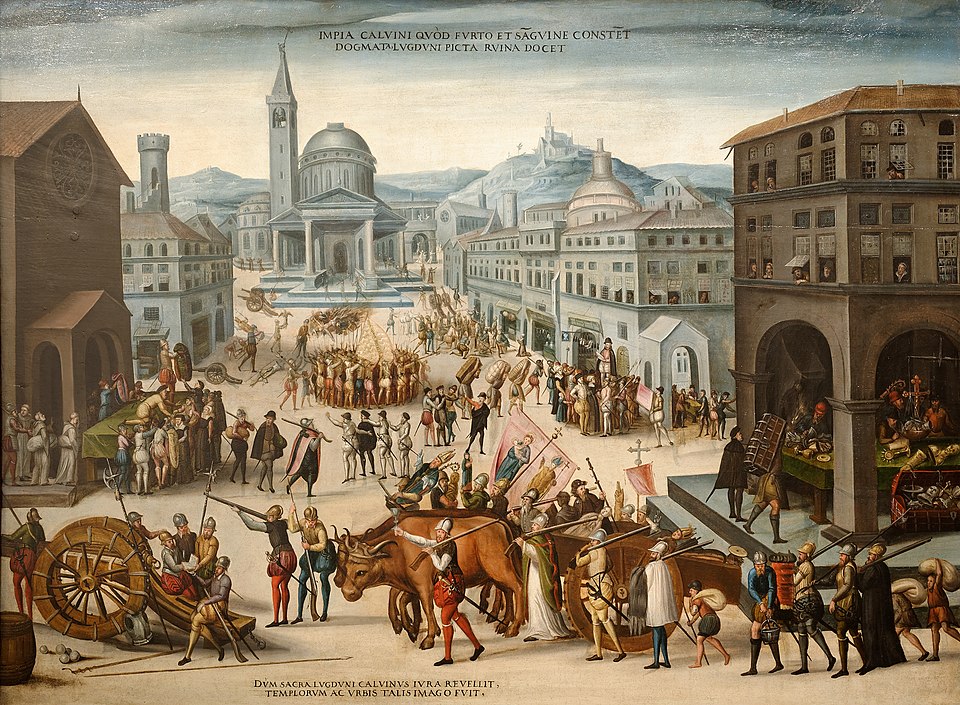YAA ASANTEWAA: The Courageous Queen Mother of the Ashanti Confederacy Who Led 'The War of the Golden Stool' Against the British

Did you know that Yaa Asantewaa is the first and only woman to be given the role of a war leader of the Asante fighting force by a number of regional Asante kings in the history of the Asante people?
Yaa Asantewaa was the queen mother of Ejisu in the Ashanti Empire which is now part of modern-day Ghana. She was appointed by her brother, Nana Akwasi Afrane Opese, the Edwesuhene, or ruler, of Edwesu. In 1900 she led the Ashanti war known as the War of the Golden Stool, also known as the Yaa Asantewaa War, against British colonialism.
Born in 1840 in Besease by Kwaku Ampoma and Ata Po in southern Ghana, Yaa Asantewaa was the oldest of two children. Her brother, Afrane Panin, became the chief of Edweso, a nearby community. After a childhood without incident, she entered a polygamous marriage with a man from Kumasi, with whom she had a daughter.
During her brother's reign, Yaa Asantewaa saw the Ashanti Confederacy go through a series of events that threatened its future, including civil war from 1883 to 1888. When her brother died in 1894, Yaa Asantewaa used her right as Queen Mother to nominate her own grandson as Ejisuhene.
When the British exiled Ejisuhene to the Seychelles in 1896, along with the King of Asante, Prempeh I and other members of the Asante government, Yaa Asantewaa became regent of the Ejisu–Juaben district. After the deportation of Prempeh I, the British governor-general of the Gold Coast, Frederick Hodgson, demanded the Golden Stool, the symbol of the Asante nation.
This request led to a secret meeting of the remaining members of the Asante government at Kumasi, to discuss how to secure the return of their king. There was a disagreement among those present on how to go about this. Yaa Asantewaa, who was present at this meeting, stood and addressed the members of the council with these now-famous words:
"How can a proud and brave people like the Asante sit back and look while whitemen took away their king and chiefs, and humiliated them with a demand for the Golden Stool. The Golden Stool only means money to the whitemen; they have searched and dug everywhere for it. I shall not pay one predwan to the governor. If you, the chiefs of Asante, are going to behave like cowards and not fight, you should exchange your loincloths for my undergarments (Montu mo danta mma me na monnye me tam)."
To dramatize her determination to go to war, Yaa Asantewaa seized a gun and fired a shot in front of the men. She was chosen by a number of regional Asante kings to be the war-leader of the Asante fighting force. This is the first and only example for a woman to be given that role in Asante history. The Ashanti-British War of the Golden Stool, also known as the "Yaa Asantewaa War", was led by Queen Mother Nana Yaa Asantewaa with an army of 5,000.
Beginning in March 1900, the rebellion laid siege to the fort at Kumasi where the British had sought refuge. The fort still stands today as the Kumasi Fort and Military Museum. After several months, the Gold Coast governor eventually sent a force of 1,400 to quell the rebellion.
During the fighting, Queen Yaa Asantewaa and fifteen of her closest advisers were captured, and they, too, were sent into exile to the Seychelles. The rebellion represented the final war in the Anglo-Asante series of wars that lasted throughout the 19th century.
On 1 January 1902 the British fully seized the land that the Asante army had been defending from them for almost a century, and the Asante empire was made a protectorate of the British crown.
Yaa Asantewaa died in exile in the Seychelles on 17 October 1921. Three years after her death, on 17 December 1924, Prempeh I and the other remaining members of the exiled Asante court were allowed to return to Asante. Prempeh I made sure that the remains of Yaa Asantewaa and the other exiled Asantes were returned for a proper royal burial.
Yaa Asantewaa's dream for an Asante free of British rule was realized on 6 March 1957, when the Asante protectorate gained independence as part of Ghana. Ghana was the first African nation in Sub-Saharan Africa to achieve this feat.
Asantewaa understood the ramifications of British occupation. She is seen by Ghanaians today as a queen mother who exercised her political and social clout to help defend her kingdom. The role she played in influencing the Ashanti men to battle the British appears to be a function of her matriarchal status.
The experience of seeing a woman serving as political and military head of an empire was foreign to British colonial troops in 19th-century Africa. Yaa Asantewaa's call upon the women of the Asante Empire is based on the political obligations of Akan women and their respective roles in legislative and judicial processes.
The hierarchy of male stools among the Akan people was complemented by female counterparts. Within the village, elders who were heads of the matrilineages (mpanyimfo), constituted the village council known as the ôdekuro. The women, known as the mpanyinfo, and referred to as aberewa or ôbaa panyin, were responsible for looking after women's affairs. For every ôdekuro, an ôbaa panyin acted as the responsible party for the affairs of the women of the village and served as a member of the village council.
The head of a division, the ôhene, and the head of the autonomous political community, the Amanhene, had their female counterparts known as the ôhemaa: a female ruler who sat on their councils. The ôhemaa and ôhene were all of the same mogya, blood or localized matrilineage. The occupant of the female stool in Kumasi state, the Asantehemaa, the united Asante, since her male counterpart was ex-officio of the Asanthene, was a member of the Kôtôkô Council, the Executive Committee or Cabinet of the Asanteman Nhyiamu, General Assembly of Asante rulers. Female stool occupants participated not only in the judicial and legislative processes, but also in the making and unmaking of war, and the distribution of land.
Sources: Wikipedia | Image: dangerous women project
#penglobalhistory #YaaAsantewaa



